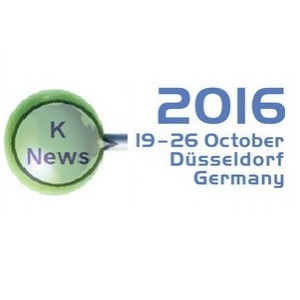
A new liquid adhesive that instantly cures to form a polymer bond when it is exposed to an electric current could have far-reaching applications in everything from medical implants to automobiles, reports Phys.org.
Developed by Dr Terry Steele, Assistant Professor of Materials Science and Engineering at Nanyang Technological University in Singapore, and his research team, the bonding agent is described by Phys.org as a light, low-viscosity flowing liquid that can be easily and precisely applied to the materials being joined. Applying voltage to the gel rapidly cures it to a “strong bond with high elasticity and shear strength.” Adhesion can be fine tuned by varying the electric current’s voltage and duration.
A new liquid adhesive that instantly cures to form a polymer bond when it is exposed to an electric current could have far-reaching applications in everything from medical implants to automobiles, reports Phys.org.
Developed by Dr Terry Steele, Assistant Professor of Materials Science and Engineering at Nanyang Technological University in Singapore, and his research team, the bonding agent is described by Phys.org as a light, low-viscosity flowing liquid that can be easily and precisely applied to the materials being joined. Applying voltage to the gel rapidly cures it to a “strong bond with high elasticity and shear strength.” Adhesion can be fine tuned by varying the electric current’s voltage and duration.
Potential applications include biological devices, where the adhesive can be tuned to handle certain vibration frequencies or to match the firmness and flexibility of the soft tissue to which it will be attached, and automotive assembly lines, where it would be more efficient than currently used photo- and thermo-setting glues, which require costly, high-maintenance hardware.
Release Date: 06/07/2016
About Dr Terry Steele:
Dr. Terry W.J. Steele currently holds an Assistant Professor position at Materials Science & Engineering-NTU. Formerly, Dr. Steele has studied pulmonary drug delivery at the Philipps-Marburg University in Marburg, Germany and earned his PhD in Medicinal Chemistry at the University of Minnesota. His research interests include adhesives, biosensors, and drug delivery.













